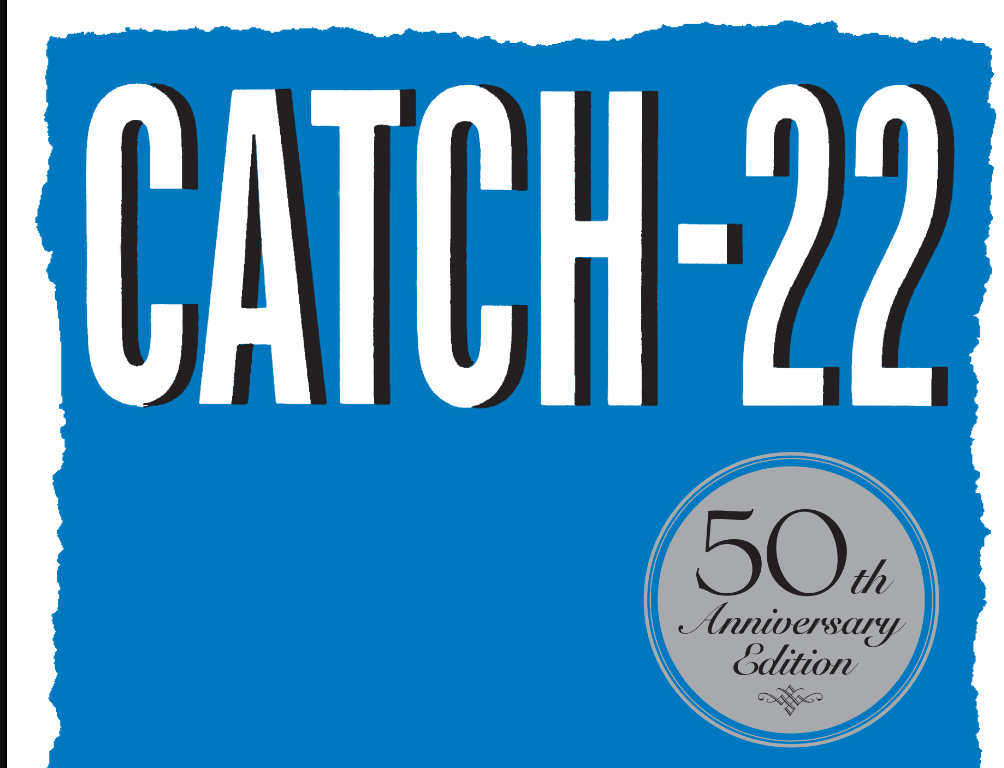This book was written for parents, which is why I read it, but I would recommend it not just to parents but to every high school student who is thinking of going to college.
I’ll start with something the book explains that has the most immediate relevance for high school students, which is that your grades in high school affect not only what colleges you can get into, but how much you pay for the college you end up attending.
The reason your grades and scores can reduce what you pay for college is that in recent years there has been a big change in how most colleges charge students. In the old days (when I went to college), what you paid might be lowered due to your family’s being needy, but otherwise everyone going to the same college paid the same price. Now, the situation is very different. Now, the “sticker price” of a college is paid by hardly anyone. Instead the college charges each student a different price that the college determines based on how much the college wants you and how much they think you are willing to pay. How much they want you, in turn, depends to a great extent on your grades and test scores. The higher your grades and test scores, the more they want you and the less you pay.
Colleges adjust the price for different students by offering them different “discounts”—though to make it seem more appealing, they often call these “merit scholarships,” “merit aid,” or “grants.” These discounts are given to nearly every student, regardless of whether they also qualify for need-based aid.
The book explains how this crazy system evolved over the years, and also how you can determine how large a discount you might expect from a particular college, and how to negotiate with a college for a larger one.
Besides explaining the discount system, the book provides lots of very helpful information and advice on a wide range of college-related topics, including: whether to go to college at all; how to shop for the college that will have the greatest value for you; saving or borrowing money for college; financial aid; community colleges (such as CCV); “honors colleges” within a larger college or university; attending a college in a foreign country; athletic scholarships; gap years; and joining the military to pay for college.
Here are some interesting points and facts in the book:
- There are three basic goals you might have in going to college: (1) To learn; (2) to make new friends; (3) to obtain a credential and a job. The value of a college to you depends on how you prioritize these three goals and on how well the particular college would enable you to accomplish each of them.
- As to the financial benefits of college, a recent study showed that average college graduates with no graduate degree earned $78,000 per year—$33,000 more than someone with just a high school diploma. But, of course, that’s just an average, and earnings vary widely depending on what field you go into. Engineers, for instance, make a lot more than social workers. In fact, 25 percent of people who graduate from college do not earn more than people with just a high school diploma.
- The total advertised cost over four years for a state university now is typically over $100,000, and for a selective private college it is over $320,000.
- Due to discounts, the actual cost of attendance is a lot less, especially at private colleges. At a public university over four years it is about $80,000, and at a private college it’s about $130,000. (This means, by the way, that the actual cost of college, adjusted for inflation, hasn’t really gone up very much over the last 20 years.)
- In 2020-2021, the average full-time first-year college student got a discount of 54 percent off the official price of tuition, according to one study; 43 percent according to another study.
- 89 percent of students at private colleges get either a need-based or merit discount. So, only eleven percent pay full price. Many of the recipients of merit discounts are from very wealthy families, and many are not especially strong students. Many colleges give far more merit aid to students with no financial need than they give in need-based aid to students who qualify for it.
- When you get accepted to a college and have received their “award letter,” you can appeal both your need-based aid and your merit aid, and in most cases you should do so. Typically about half of appeals successfully increase the amount of aid awarded.
- If you’re a top athlete, that can help you get into a college, but it is not likely to save you much money. Only 2.5% of high school athletes get any kind of athletic scholarship for college, and most of them do not get a full ride but just a partial scholarship. Apart from athletic scholarships, being a top athlete can result in greater discounts from colleges, by causing them to want you more, but in general, you can reduce your college costs much more effectively by getting good grades than by excelling in a sport.
- College can be a lot cheaper or free if you join the military. If you serve for three years, the government will pay full tuition, plus housing and books, for four years. A catch is that, for the full benefits, you have to attend a state university in your home state. If you were to attend an out-of-state public university or a private college, the amount they will pay per year is capped at $25,000 (as of 2021). By joining Reserve Officer Training School (ROTC), you can start college soon after high school but still have the military pay for much of it, but only at certain colleges and universities. You would need to take some military courses during the school year and do military training during the summer, and after graduation you would enlist full-time for several years.
- Most colleges allow you to take a “gap year” after you are admitted; they hold your spot for you while you spend a year doing something else, such as travel or work. Many colleges not only allow this but encourage it. Research shows that college students who have taken a gap year before starting college are more likely to graduate, get in less trouble, and have higher GPAs.
- You and your family’s saving for college is almost always a good idea. While the savings can reduce how much financial aid you receive, you’re still almost always better off having saved than not, for a variety of reasons.
Although packed with detailed information, the book is fairly entertaining. The author is the “Your Money” columnist for the New York Times and writes in a relaxed style, with a sense of humor.
Again I recommend this book to any high school student who is thinking of going to college. It is filled with useful information and common-sense advice.



































